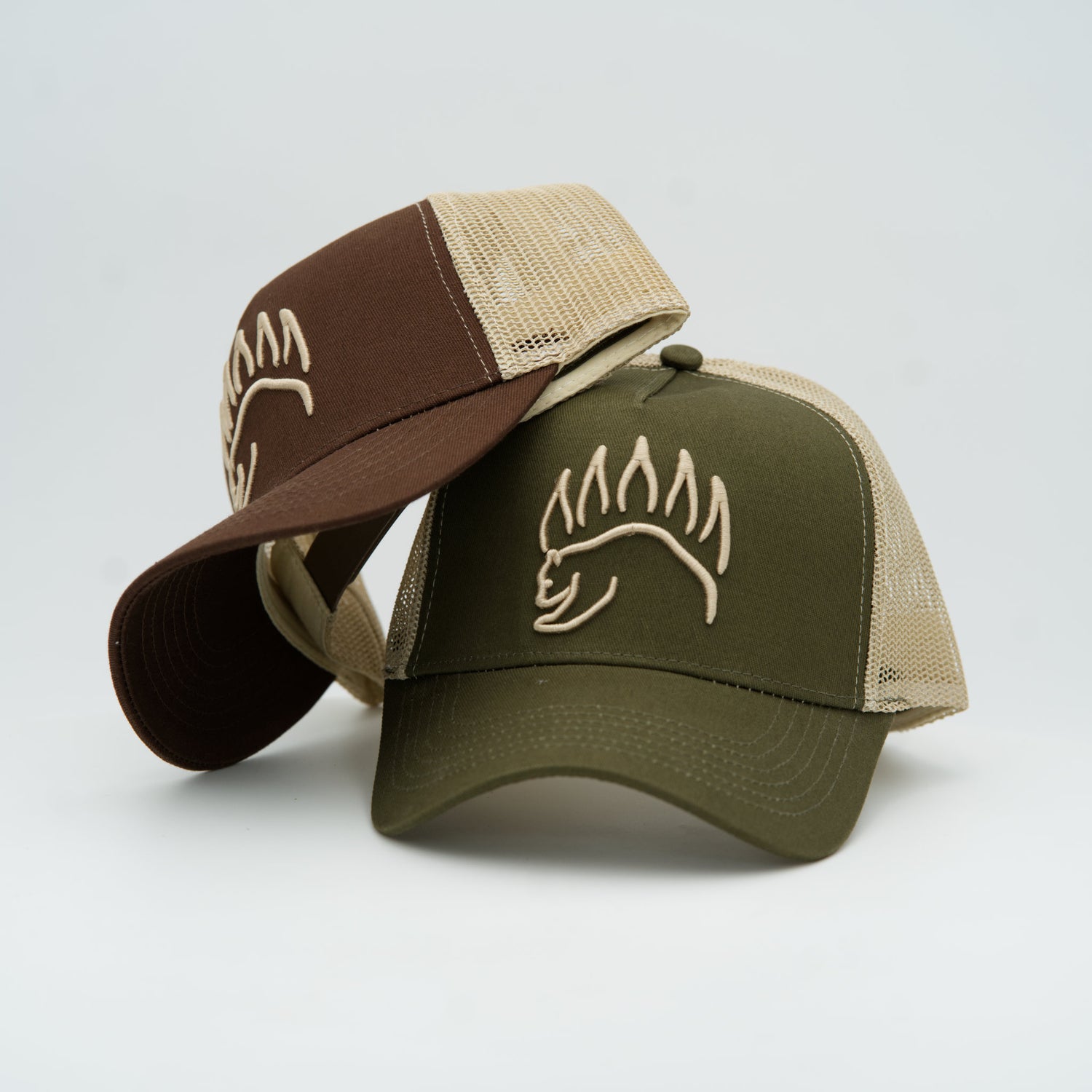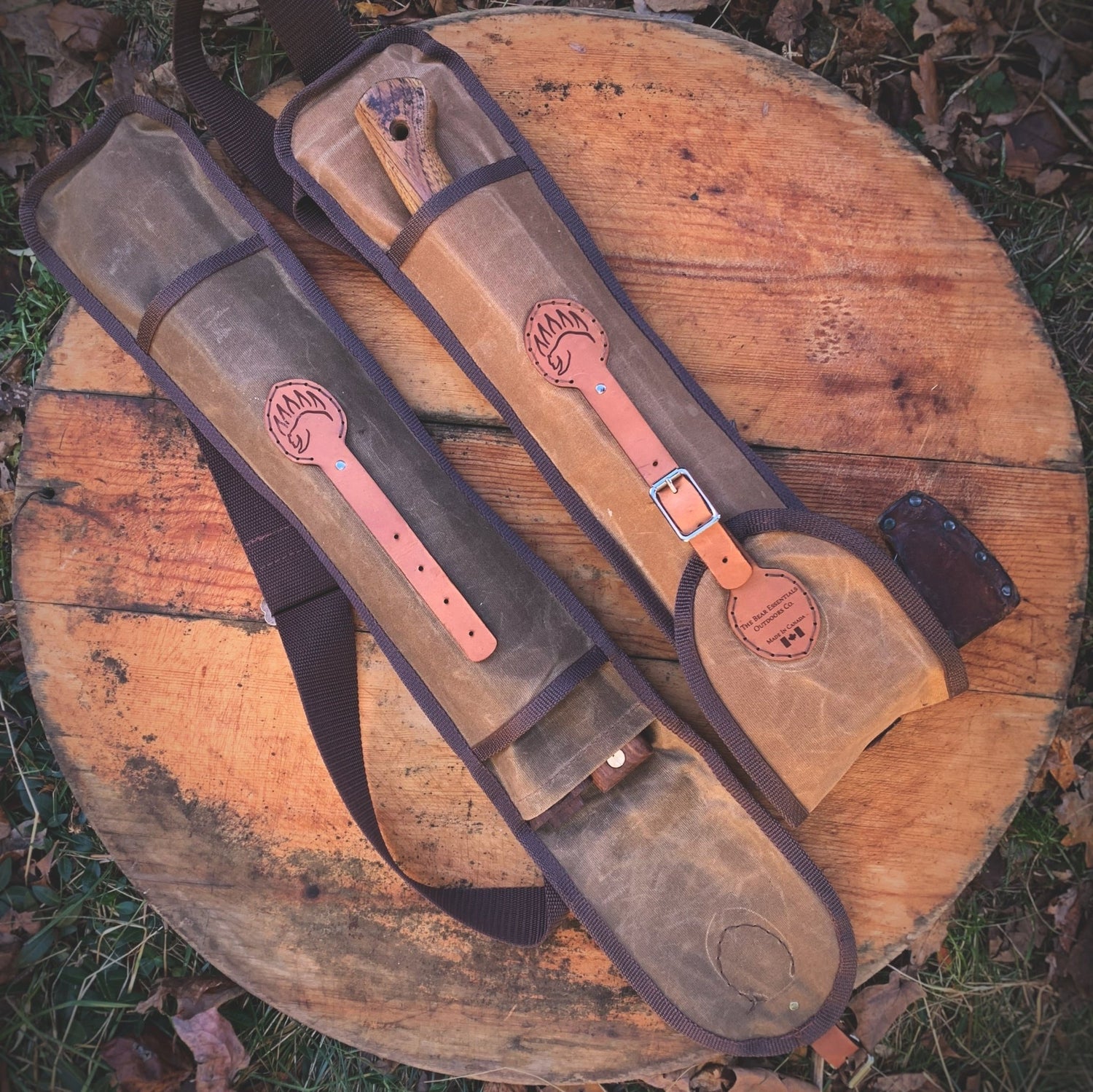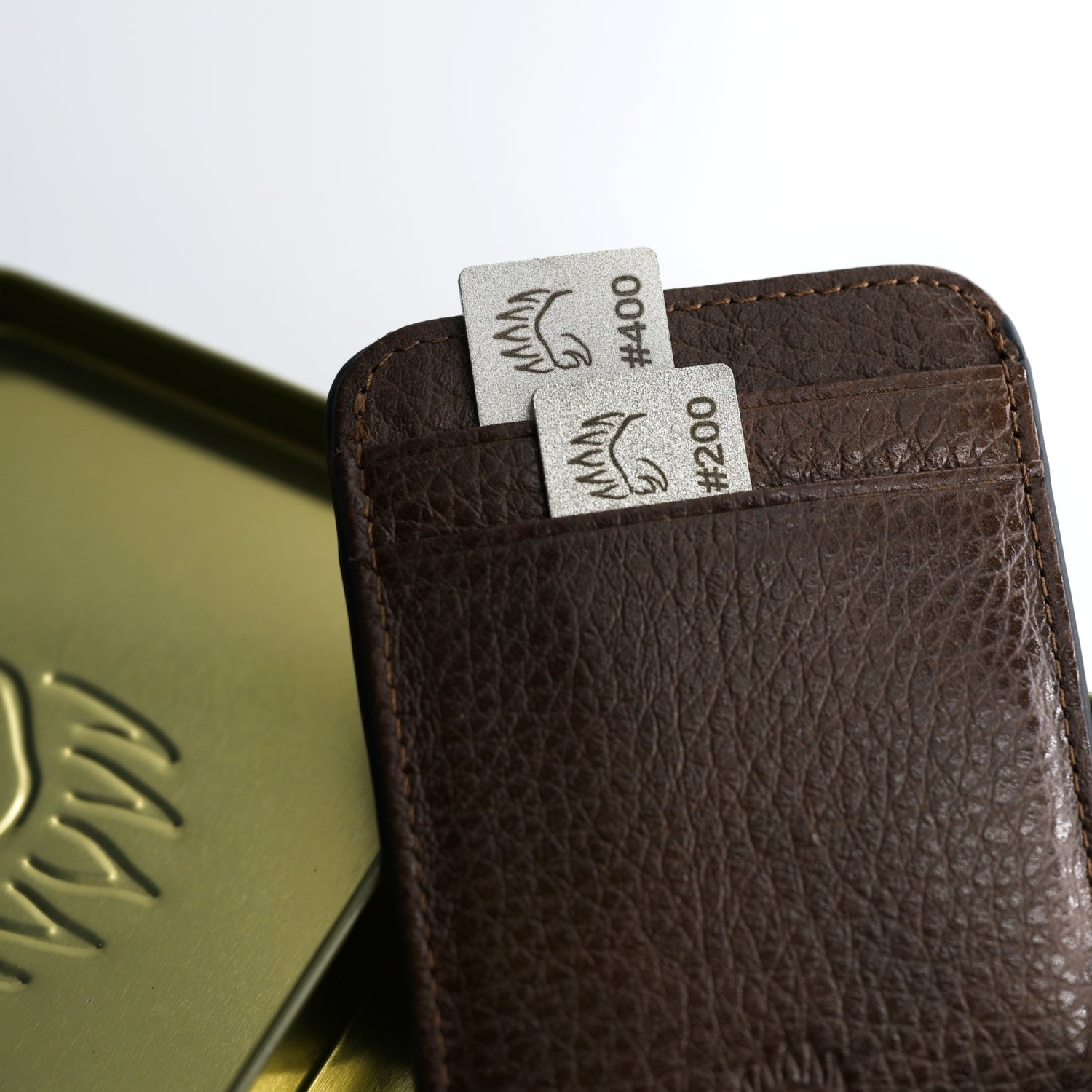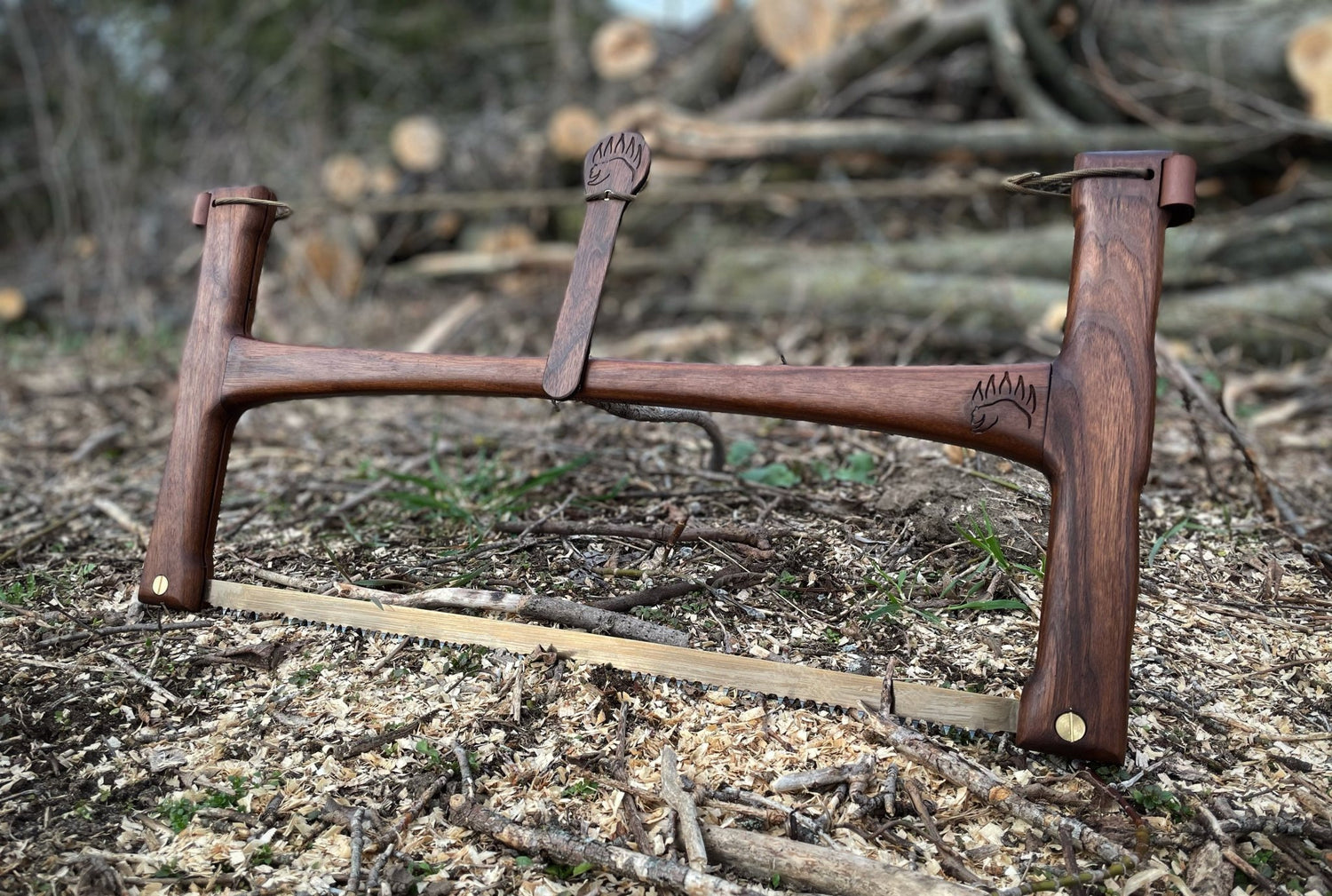If you’ve ever spent a summer evening slapping your own neck like a drum solo, this is for you.
I took the most common and most hyped mosquito solutions into thick forests, campsites, and backyards to see what actually keeps bites off skin.
The goal was simple: find the best mosquito repellent system—not just a bottle or gadget—that works when the air is humid, the sun is sinking, and the bugs have dinner plans with you.
This isn’t a lab review. It’s a practical, plain-language debrief you can use tonight.
You’ll get winners, near-wins, and stuff I’d only use if it fell into my lap for free.
I’ll also map out the best outdoor mosquito repellent system for different scenarios—from a deck cookout to a backcountry lake—plus quick routines for how to prevent mosquito bites before they even start.
TL;DR Scorecard
-
Consistent Winners:
Permethrin-treated clothing, picaridin or DEET on exposed skin, Thermacell mosquito repellent devices for a sit-down zone, wind/fans, real smoke in a pinch. -
Situational / Middle:
Incense sticks (smoke > scent), mosquito zapper rackets indoors, head nets (good with airflow), citronella candles for mosquitoes (tiny radius only). -
Hard Pass / Novelty:
Dragonfly clips, dryer sheets, ultrasonic/frequency apps, oil wristbands and sticker patches.
If you want the quick answer to what is really the best outdoor mosquito repellent, it isn’t one thing—it’s layering.
Treat clothes, protect skin, and control the space you’re sitting in.
Let’s break it down.
How I Tested The Best Mosquito Repellent Devices
- Locations: Canadian lakeshore camps, beaver marsh edges, tree-line campsites, and suburban decks—peak hours (dusk/dawn) during active hatch periods.
- Conditions: Still air vs breezy, dry vs humid, and after rain.
- Method: A/B testing one change at a time, then stacking methods to see what stops bites cold versus what only slows them down.
-
What I tracked: Landings per minute, bites after 15–30 minutes, comfort (smell, irritation), and practicality (cost, pack size, ease of use).
Clothing First: The Foundation That Quietly Wins
Permethrin-Treated Clothing
Spraying shirts, pants, socks, and hats with permethrin turned them into do-not-land zones.
In my tests, mozzies would trail me and dart for any untreated skin gap, but they’d bail off treated fabric.
It’s also great against ticks.
If you hike, camp, fish, or work outdoors, permethrin treated clothing is the single most reliable baseline.
How to use it well
- Treat clothing a day before the trip; let it dry thoroughly.
- Prioritize socks, pant cuffs, cuffs/collars, hat brim, and shirt torso.
- Pair with a head net or hood only when the air is dead-still and humid.
Why this matters: Every square inch of treated fabric is skin you don’t have to spray.
Skin Protection: Picaridin vs DEET
Sprays still matter because you always have exposed skin: hands, wrists, neck, cheeks.
Here’s the straight talk on picaridin vs DEET.
-
DEET (20–30%)
- Pros: Long duration, the “it just works” option.
- Cons: Smell, can melt plastics/coatings; wash off when you’re done.
-
Picaridin (20%)
- Pros: Low odor, non-greasy, won’t damage plastics, great protection.
- Cons: Duration can be a bit shorter at lower concentrations; reapply sooner on sweaty days.

My rule of thumb:
- Hot, plastic-heavy activities (fishing kayaks, camera gear): go picaridin.
- Long, still evenings with heavy hatch: DEET at 25–30% or picaridin at 20% with timely reapply.
Either way, spray after you dress so most of your body is already covered by permethrin-treated fabric. That’s smart dosing and better comfort.
Space Control: Create a Bite-Free Bubble
Thermacell Mosquito Repellent
When I had to sit still—camp kitchen, deck, dock—the Thermacell mosquito repellent units carved out a real, noticeable bubble (roughly 15-ft in calm air).
On windless nights, that zone stopped landings almost completely.
In a light breeze, I positioned units upwind so the vapor drifted across us.
If I walked beyond the plume, landings returned fast.
- Best use: Stationary hangs: dinner, cards, fireside.
- Downsides: Cost of refills; don’t huff the device—set it upwind at knee-to-table height.
Verdict: This is the closest thing to the best mosquito repellent device for campsites and patios when you’re sitting. Part of the best outdoor mosquito repellent system for sure.
Fans and Natural Wind: The Best Natural Mosquito Repellent You Already Own
Mosquitoes are terrible fliers.
A basic box fan on a deck table cut landings dramatically in my backyard tests.
In camp, setting chairs where breeze funnels between trees helped more than candles ever did.
If you want the best natural mosquito repellent, moving air is it.
Smoke (Incense > Candles)
- Incense sticks (citronella/lemongrass): produced thick smoke columns that actually cut landings at a static table. The effect seemed more smoke-driven than scent-driven.
- Citronella candles for mosquitoes: limited to a tiny circle—fine as ambiance, weak as protection.
Use case: Good add-on when you can’t run a Thermacell or fan, or to supplement them in dead-still air.
Gadgets & Gimmicks: What Helped and What Didn’t
Mosquito Zapper (Racket) vs Mosquito Zapper Outdoor Boxes
- Zapper racket: clutch for tents, cabins, or the one that sneaks past a screen. It’s reactive, not preventive—but satisfying.
-
Big outdoor UV zappers: outside my testing scope for heavy evaluation, but the style I tried didn’t reduce bites at the table. It smacked lots of innocent moths and beetles; mosquitoes still came. If I want targeted results, I’d rather control the space (Thermacell/fan) and protect skin/fabric.
Wearable Oils (Bands, Patches) and Ultrasonic Apps
I tried them so you don’t have to.
Wristbands smelled nice; mosquitoes landed two centimeters away and fed like it was a brunch buffet.
Sticker patches and phone frequency apps performed the same: no benefit in real swarms.

Dragonfly Clip, Dryer Sheets, Smoldering Coffee Grounds
- Dragonfly clip: charming. Zero effect on mosquitoes for me.
- Dryer sheets: smelled like a laundry room; mosquitoes considered it a dinner bell.
-
Coffee grounds: lots of smoke, minor relief if you stood right over it (and breathed smoke). Not worth the coughing.

Situational Playbooks: Use the Right Stack for the Job
Backyard BBQ / Patio Hang — Mosquito Repellent for Backyard
Goal: protect a group without turning the evening into a chemical cloud.
- Space: One or two Thermacell mosquito repellent units upwind of the seating area; add a table or floor fan (low). That’s your best outdoor mosquito repellent system at home.
- Skin: Picaridin on wrists/ankles/neck for those who run hot or sit at the edge of the plume.
- Natural add-on: A couple of incense sticks on the fringe if air is still.
-
Skip: Leaning entirely on citronella candles for mosquitoes; think of them as ambience, not armor.
Campsite (Cooking/Eating, Long Evenings)
Goal: sit still without being eaten alive.
- Clothes: Permethrin-treated clothing baseline.
- Skin: DEET or picaridin depending on your tolerance.
- Space: One Thermacell per 2–3 people, upwind; or a smoky log if you’re already running a fire.
-
Backup: Head net for dish duty when vapor blows off in gusts.
Trail Days (Hiking, Portages, Bushwhacking)
Goal: move fast with minimal fuss.
- Clothes: Full permethrin-treated kit (socks to hat).
- Skin: Picaridin (less plastic drama with trekking poles, sunglasses, pack straps).
- Net: Stow a head net in the hip belt for swarms in boggy stretches.
-
Device: Thermacell stays in the pack for camp; not useful on the move.
Canoe/Boat Dock Days
Goal: motion plus short, static windows.
- Clothes: Permethrin, again.
- Skin: Quick DEET pass before tying up or cleaning fish.
-
Space: A single Thermacell on the dock post where you hang out; keep it upwind.
Best Natural Mosquito Repellents: What Meaningfully Helps
People love asking for the best natural mosquito repellent.
Here’s what had real impact in my field time:
- Wind: fan or natural breeze is king.
- Smoke: concentrated sticks or a modest, well-managed campfire (combined with other methods).
- Cover: long sleeves, loose weaves, permethrin-treated clothing (it’s synthetic, but the result is “don’t land on me”).
-
Habitat control (home): dump standing water, clean gutters, use gravel in plant saucers. This reduces hatch potential, which is the quiet victory few people brag about but everyone enjoys.
What didn’t move the needle for me: lemon peel rubs, lavender spritzes, and single essential-oil bands. They smell outdoorsy; the mosquitoes simply don’t care when they’re hungry.
Frequently Asked: Picaridin vs DEET For Real Trips
Which lasts longer?
Comparable when you match concentration to conditions; generally 25–30% DEET buys a longer window than low-concentration picaridin. A 20% picaridin does very well with reapplication.
Which feels better?
Picaridin. Less smell, less tack. Great for people who hate the “chemical” feel but still want protection.
Which is safer for gear?
Picaridin. DEET can haze sunglasses, melt watchbands, and soften some plastics. If you’re handling a camera or sonar unit, picaridin is friendlier.
Which would DJ pack?
For camps and high hatch: DEET.
For mixed activity with gear touching skin: picaridin.
And honestly? I carry both in small bottles.
Building Your Kit: The Best Outdoor Mosquito Repellent System
Think stack, not single. Here’s a load-out that has almost zero-bite nights baked in:
- Clothing layer: Shirt, pants, socks, hat—permethrin treated clothing.
- Skin layer: Picaridin or DEET, applied after dressing to only the exposed zones.
- Space layer: Thermacell mosquito repellent device for sit-down time (one per 2–3 people) or a box fan on the patio.
- Natural assist: Incense sticks where air sits; small, well-managed smoke from the fire ring if you’re already burning.
- Reactive tool: Mosquito zapper racket inside tent/cabin; ignore the big mosquito zapper outdoor boxes if your goal is fewer bites at the table.
- Homefront: Drain standing water; place seating where breeze funnels; consider screened gazebos as the long-term mosquito repellent for backyard move.
That’s the backbone that earns the title “best outdoor mosquito repellent” not because any single piece is magic, but because together they close every gap.
How to Prevent Mosquito Bites: Habits That Beat Sprays
You can cut bites in half just by changing behavior:
- Shift your schedule. Avoid putting chores at peak hours (dusk/dawn) in low spots near water.
- Choose your chair. Sit where the breeze hits your shins, not where the air pools.
- Mind the color. Dark clothing can make you a stronger target; lighter colors slightly help.
- Sweat plan. Reapply repellent after heavy perspiration.
- Feet and ankles. Two of the top bite zones when you’re seated—don’t forget them.
- Kids & pets. Keep repellent out of eyes, mouths, and paws; treat fabrics and use space control to minimize skin sprays.
Call it redundancy or call it a plan; either way, how to prevent mosquito bites starts before you even crack open a spray bottle.
Troubleshooting: Still Getting Chomped?
- “I sprayed and they still land.” Check coverage gaps: wrists, knuckles, back of knees, behind ears. Reapply after sweating.
- “Thermacell didn’t work.” Place it upwind, give it a few minutes to build a plume, and don’t wander off the bubble. Two units for a larger table.
- “Head net feels clammy.” Use a stiffer hooped net or a brimmed hat to keep mesh off skin; pair with permethrin for the fabric itself.
-
“Backyard is a cloud.” The real fix is habitat: drain water, run fans, add a screened pergola, and deploy two Thermacells—then layer sprays if needed.

What I Pack Now And Why
-
For travel/overnights:
- Treated shirt/pants/socks/hat (permethrin).
- 20% picaridin for daytime, 25–30% DEET for big nights.
- Thermacell mosquito repellent + extra mats/fuel (battery model if fires are banned).
- 2–3 incense sticks as a calm-air backup.
- Mosquito zapper racket for tent/cabin.
-
Head net in hip belt.
-
For the backyard:
- Box fan on low under the table; one Thermacell upwind; a few incense sticks for the dead corner.
-
Picaridin for ankles/wrists if the hatch spikes.
I don’t carry dragonfly clips, wristbands, “natural” patches, or ultrasonic toys. I’ve donated too much blood to keep pretending those help.
The Best Mosquito Repellent: Stop Swatting, Start Layering
There’s no single silver bullet—there’s a simple stack that works everywhere. For me the best mosquito repellent isn’t a product, it’s a combo:
- Permethrin-treated clothing makes most of your body a no-land zone.
- Picaridin or DEET covers the skin you can’t hide.
- A Thermacell or steady breeze/fan clears the space where you sit.
- Smoke and incense are gap-fillers when air stands still.
-
A mosquito zapper racket is the fixer inside a tent or cabin.
Put those together and you’ll go from a human buffet to “not worth the trouble,” even on swampy evenings.
That’s the whole game: don’t be the easy meal.
Pack smart, set the space, and enjoy the night you actually came out for.




